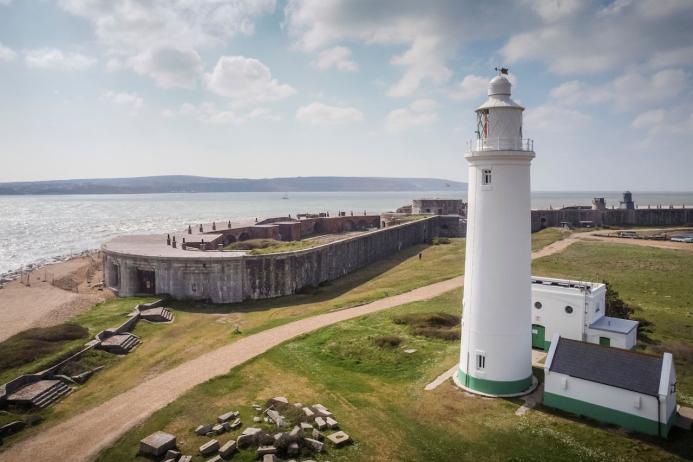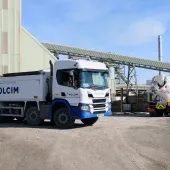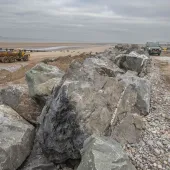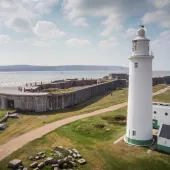Aggregate Industries help preserve history from coastal erosion
Company supplies 1,000 tonnes of armour-stone from Bardon Hill Quarry for Hurst Castle preservation project
IN February 2021, a section of Hurst Castle, in Hampshire, collapsed, after the sea exposed and washed away some of its foundations. Situated between mainland Milford-on-Sea and the Isle of Wight, Hurst Castle sits on an exposed and low-level shingle spit and thus is subjected to immense forces of wind and sea.
To ensure the longevity of the historic landmark, English Heritage and contractors JT Mackley & Co partnered with Aggregate Industries, specialists in coastal defence, to curb the accelerating erosion in the most effective way possible.
Selected for its strength and suitability to the project, Aggregate Industries supplied 1,000 tonnes of armour-stone from Bardon Hill Quarry.
Richard Allen, Midlands sales manager for Aggregate Industries, said: ‘As soon as we were approached to be involved in this scheme, we knew our heavy-duty armour-stone would fit the bill perfectly
‘Coastal erosion is a real and often underestimated consequence of climate change and rising sea levels, and the collateral damage of this is people’s homes and historical landmarks, such as Hurst Castle.
‘Logistically, this project was a challenge due to the spit on which the castle is located, restricting the areas where we could tip the product. With each individual stone weighing one tonne, we decided to place the product just over the water and the contractor moved this into place.
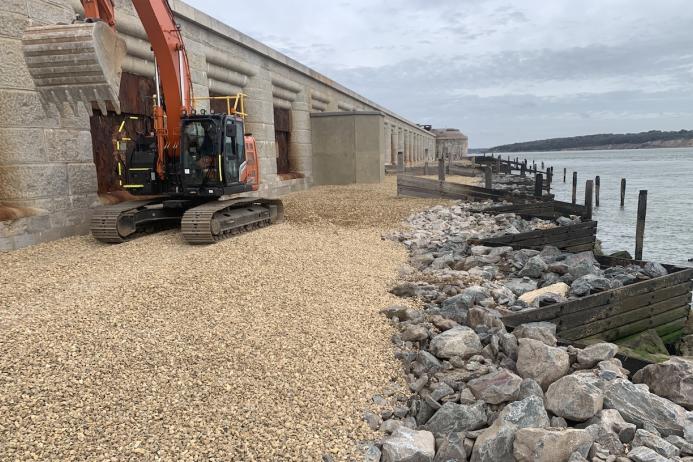
‘We’re delighted that we were able to support English Heritage and Mackley to help preserve the history of the castle and hope it can be enjoyed by the public for many years to come.’
A spokesperson for Mackley added: ‘When we were appointed to undertake the work to protect the incredible Hurst Castle, it was a no-brainer for us that Aggregate Industries’ armour-stone would be the most appropriate product.
‘Having worked with Aggregate Industries on previous projects, we know the quality and strength of their stone, and we’re confident it’ll continue to safeguard the shoreline here on Hurst Spit for years to come.’
Built by Henry VIII at the seaward end of a coastal spit, Hurst Castle was once one of the most advanced artillery fortresses in England. The castle was also used as a prison for 17th century captives, including Charles I, and later played a role in defending the western Solent from invasion threats from the Napoleonic Wars to the Second World War.
To find out more about the true cost of coastal erosion in the UK, read Aggregate Industries’ research paper.

